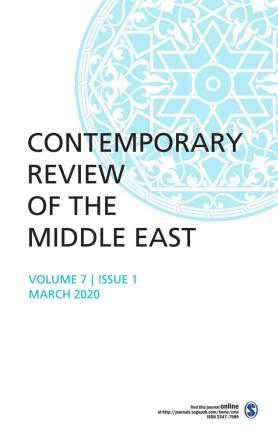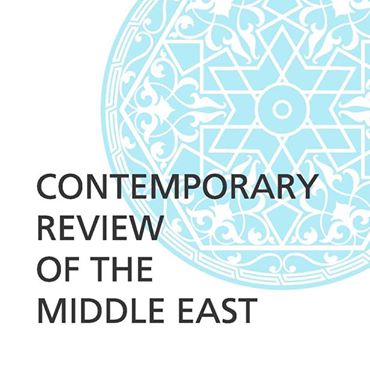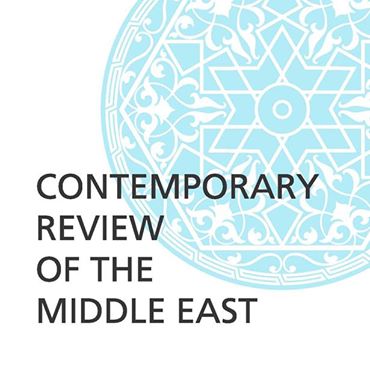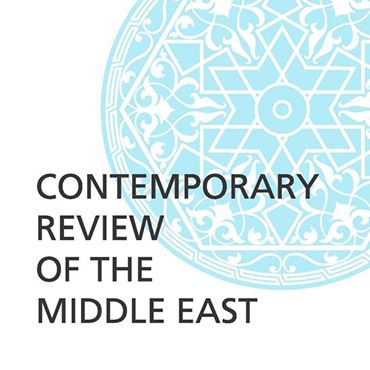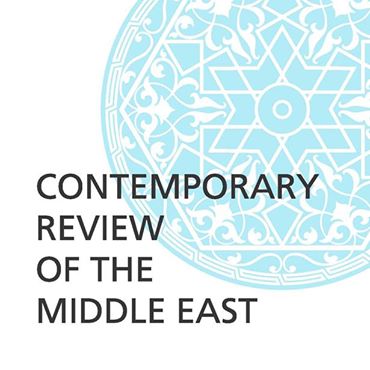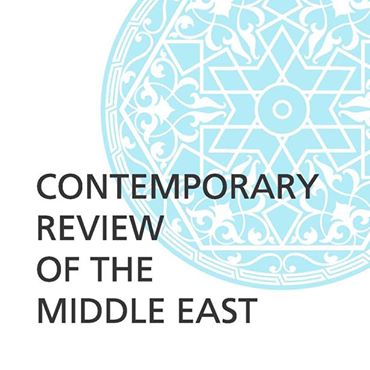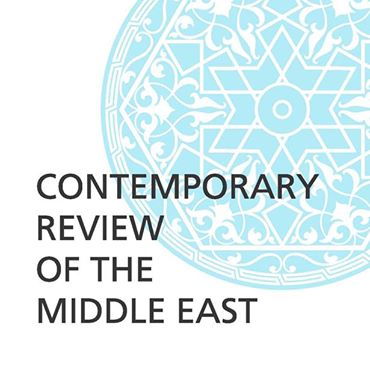Breaking
- MENU
Lorem Ipsum is simply dummy text of the printing and typesetting industry.
http://journals.sagepub.com/toc/cmea/2/4
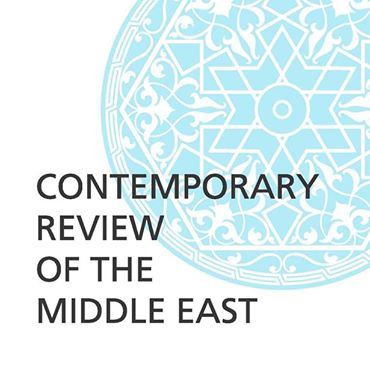
1) Dateline MEI By P.R. Kumaraswamy; pp. 311–312 Read More
2) Assad’s Strategic Narrative: The Role of Communication in the Syrian Civil War By Cesare Marco Scartozzi; pp. 313–327
Abstract: If Bashar al-Assad’s regime wants to survive in the Syrian civil war, it should be able to shape the meaning of its own actions in the conflict and efficiently convey them to the domestic and international audiences. In 2013, after two initial years of communication failures, the regime began delivering an assertive and coherent communication strategy that has created material and political support to al-Assad’s actions. This article analyzes the strategic narratives that the Syrian regime has used since the early outbreak of the civil war and it question the significance of strategic narrative in crisis management. Read More
3) Political Rhetoric, Fictional Narrative, and Construction of Arab Muslims in the United States: A Critique of Updike’s Terrorist By Mubarak Altwaiji; pp. 328–338
Abstract: Representation of Arab Muslims pervades today’s American political rhetoric. With the increasing focus on the Muslim world in general, and Arab Muslims in particular after the September 11 terror attacks it is necessary to determine how Arab Muslims, their beliefs, roles, responsibilities and aspirations are portrayed. Based on the analysis of John Updike’s novel Terrorist (2006), the study exposes the consequence of 9/11 rhetorics on the representation of Arab Muslims and Islam in the American fictional narrative. The study utilizes works by Donald Pease and Amy Kaplan as a ground for analyzing political rhetoric and fictional narrative. It investigates the dynamics by which Arab Muslims are radically represented in the post-9/11 American narratives. This anti-Arab backlash has affected even Arab-American Christians who find themselves obliged to prove loyalty to the United States on a regular basis. The study facilitates a more comprehensive understanding of American fiction narrative on the Middle East in general, its recent trends, and possible futures and supplies groundwork for future research on issues related to Arab communities in the United States. Read More
4) Turkey: Presidential Elections, 2014 By Indrani Talukdar; pp. 339–365
Abstract: The first direct presidential election in Turkey is remarkable because of the thin margin with which Prime Minister Recep Tayyip Erdoğan was elected against the expectations of a massive support. It marks beginning of a new era in Turkish politics indicating widespread discontentment and fear regarding the policies of the Justice and Development Party (AKP). On the other hand, the ruling party has retained its support among conservatives, business, and middle classes, especially in Anatolia region. However, the rise of new political forces in the 2015 general elections that failed to give a clear majority to any group should force the AKP to rethink over its policies, particularly the rising concern of authoritarian behavior and appropriation of power. Further, concerns over crackdown of media and dissent and growing instances of violation of human rights may lead to a backlash from the electorate. The AKP government has also come in from criticism for its handling of the Syrian crisis and its action against Syrian Kurds may turn the fragile peace achieved with its own Kurdish population. Read More
5) Middle East Elections Schedule, December 2015 By Dipanwita Chakravortty; pp. 366–367 Read More
6) Book Review: Arundhati Ghose (Ed.) (2015). West Asia in Transition By Manjari Singh; pp. 368–378 Read More
7) Book Review: Christopher K. Lamont, Jan Van Der Harst, & Frank Gaenssmantel (Eds) (2015). Non-Western Encounters with Democratization: Imagining Democracy after the Arab Spring By Mushtaq Hussain; pp. 379–381 Read More
8) Book Review: Mark C. Thompson (2014). Saudi Arabia and the Path to Political Change: National Dialogue and Civil Society By Md. Muddassir Quamar; pp. 381–383
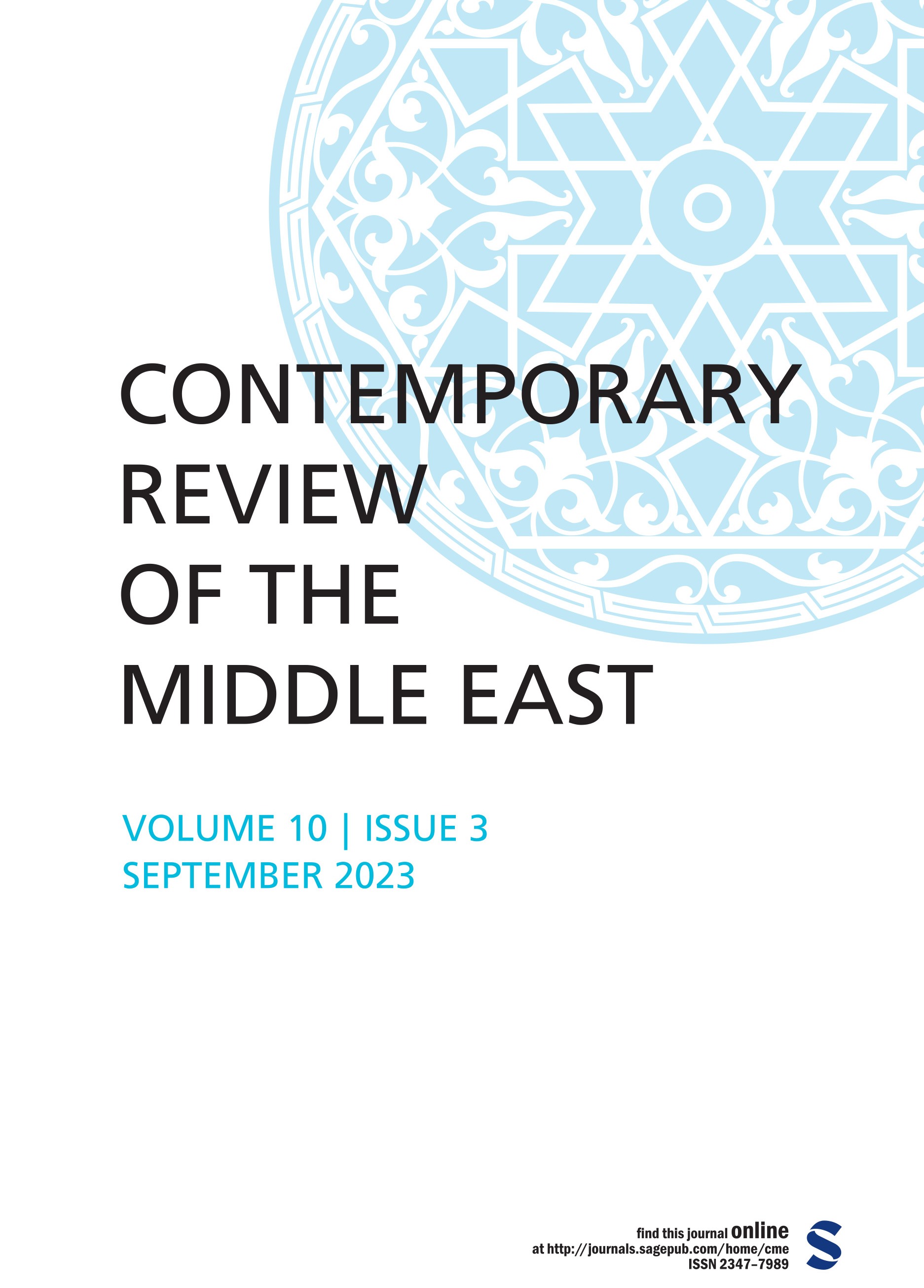
Invented Tradition as a Theoretical Approach Within Iranian Memory Studies: A Review Mohammad
Read More »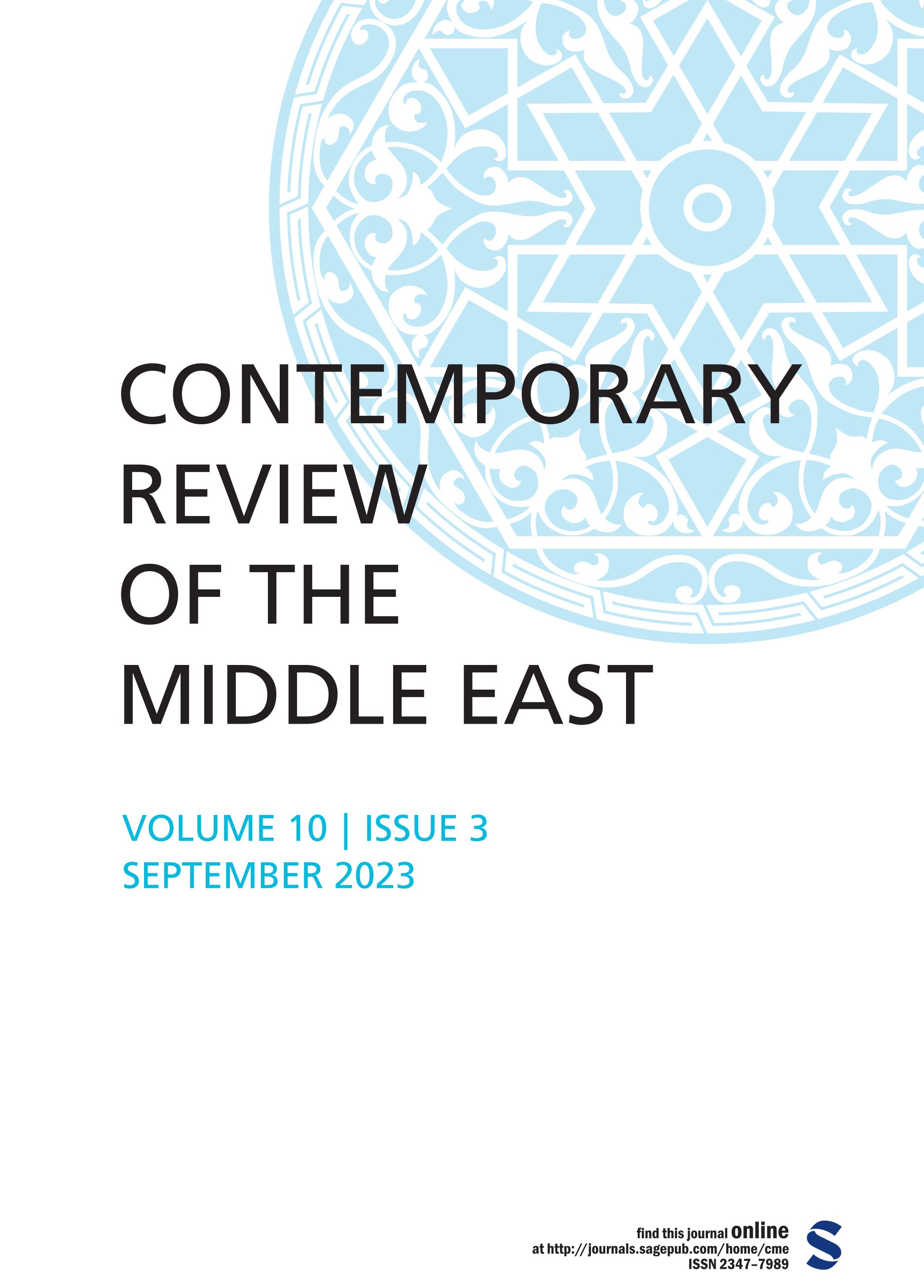
Neo-Ottoman Turk-Scape: Analyzing the Role of Dizis as Türkiye’s Soft Power Mohammad Reyaz and
Read More »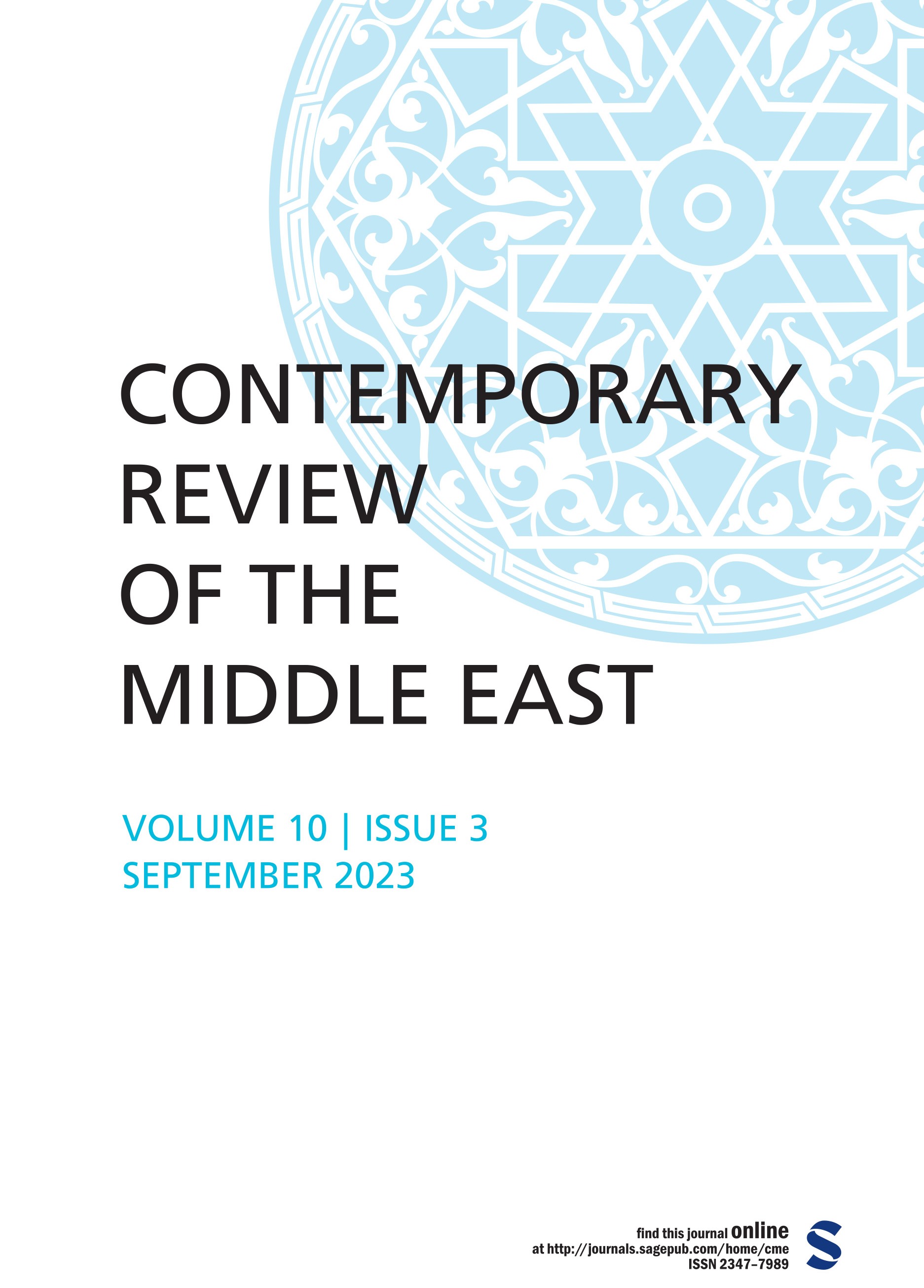
The Relations of Vietnam with the Middle East-North Africa Region: From a Divided State to an Important&
Read More »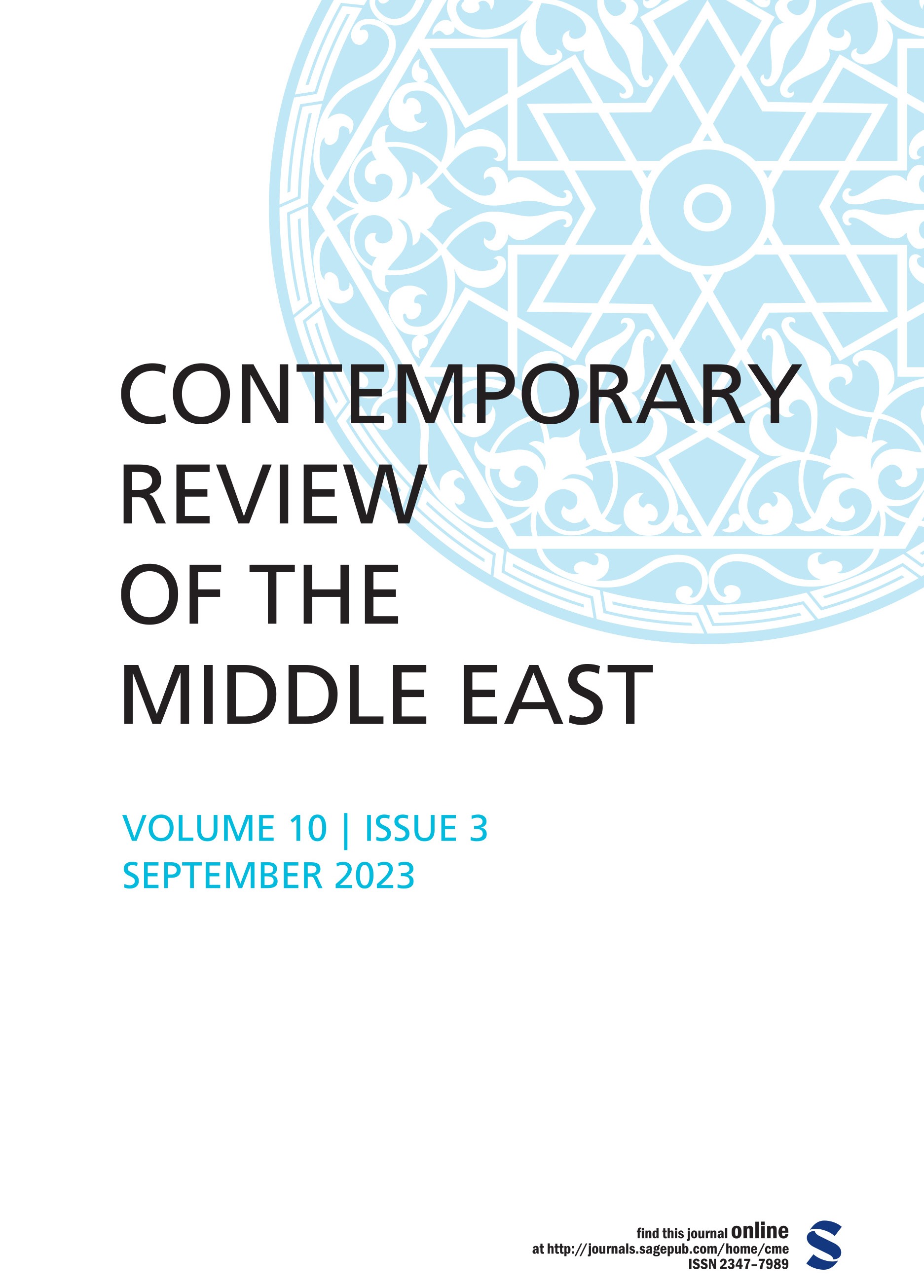
An Analysis of Yemen’s Geostrategic Significance and Saudi-Iranian Competition for Regional Hegemo
Read More »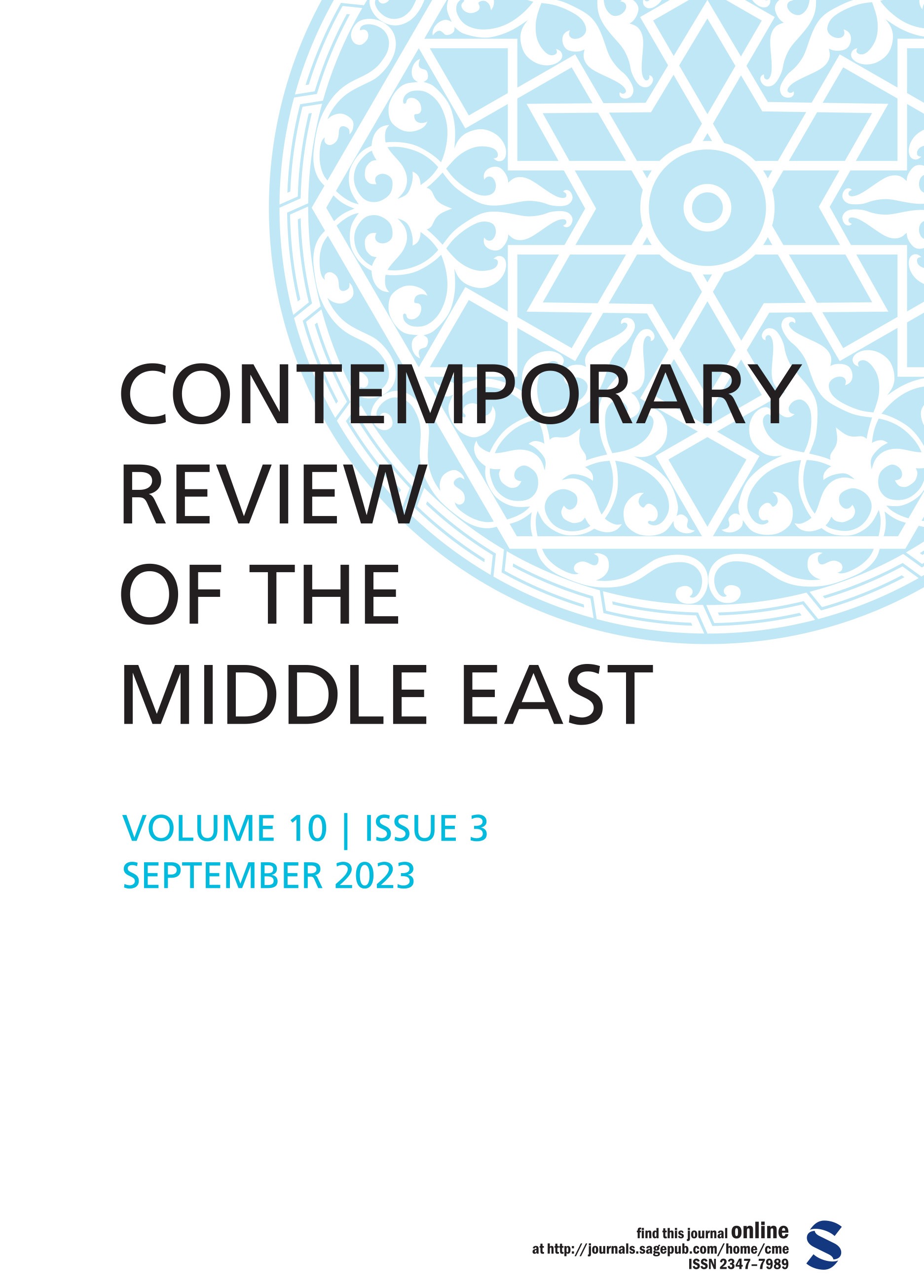
The National Reconciliation Process in Algeria During the Bouteflika’s Era: The Official Narrative Fa
Read More »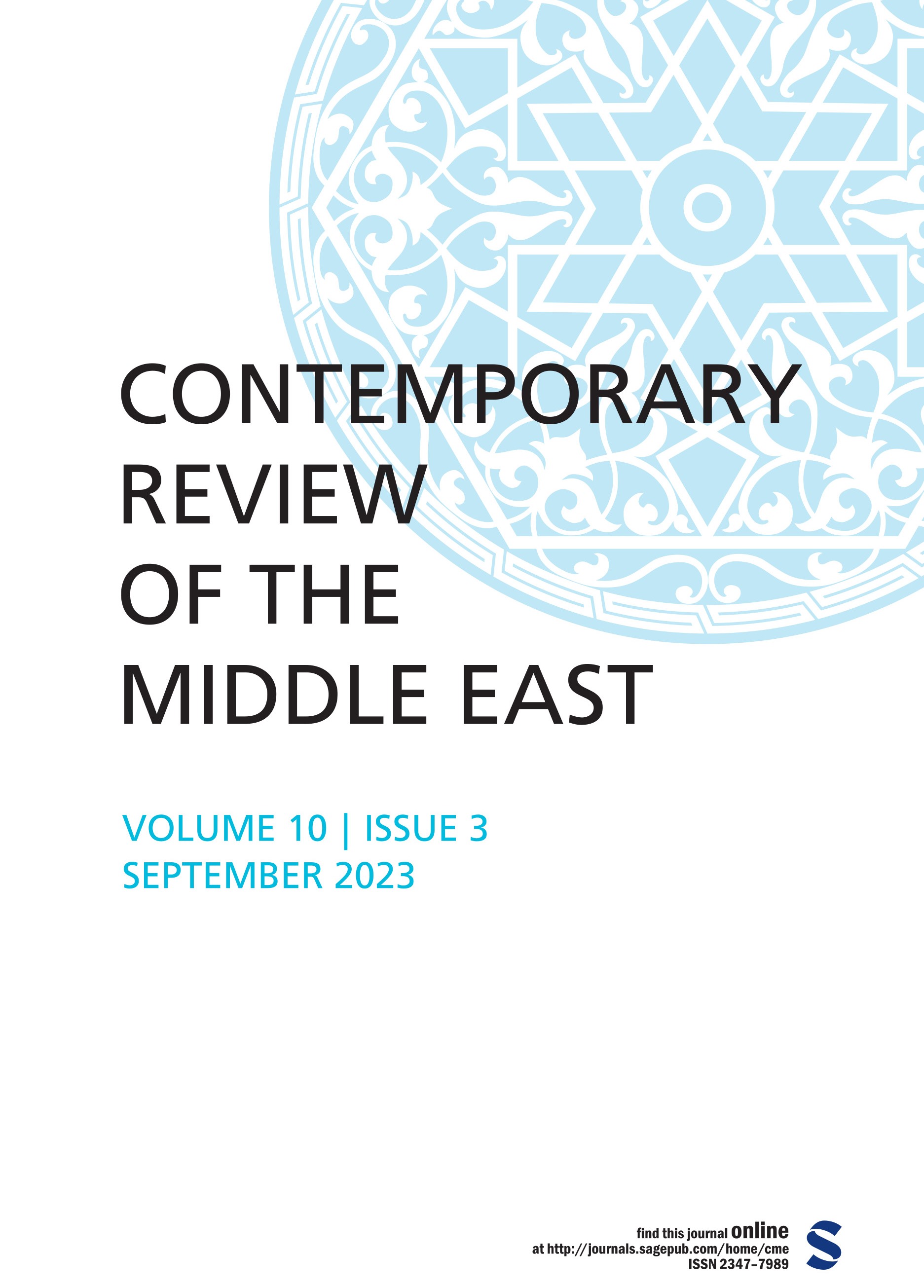
Dateline MEI When Netanyahu Rocks the Israel Boat, Nero Style P. R. Kumaraswamy For the text see: We
Read More ».jpg)
.jpg)
